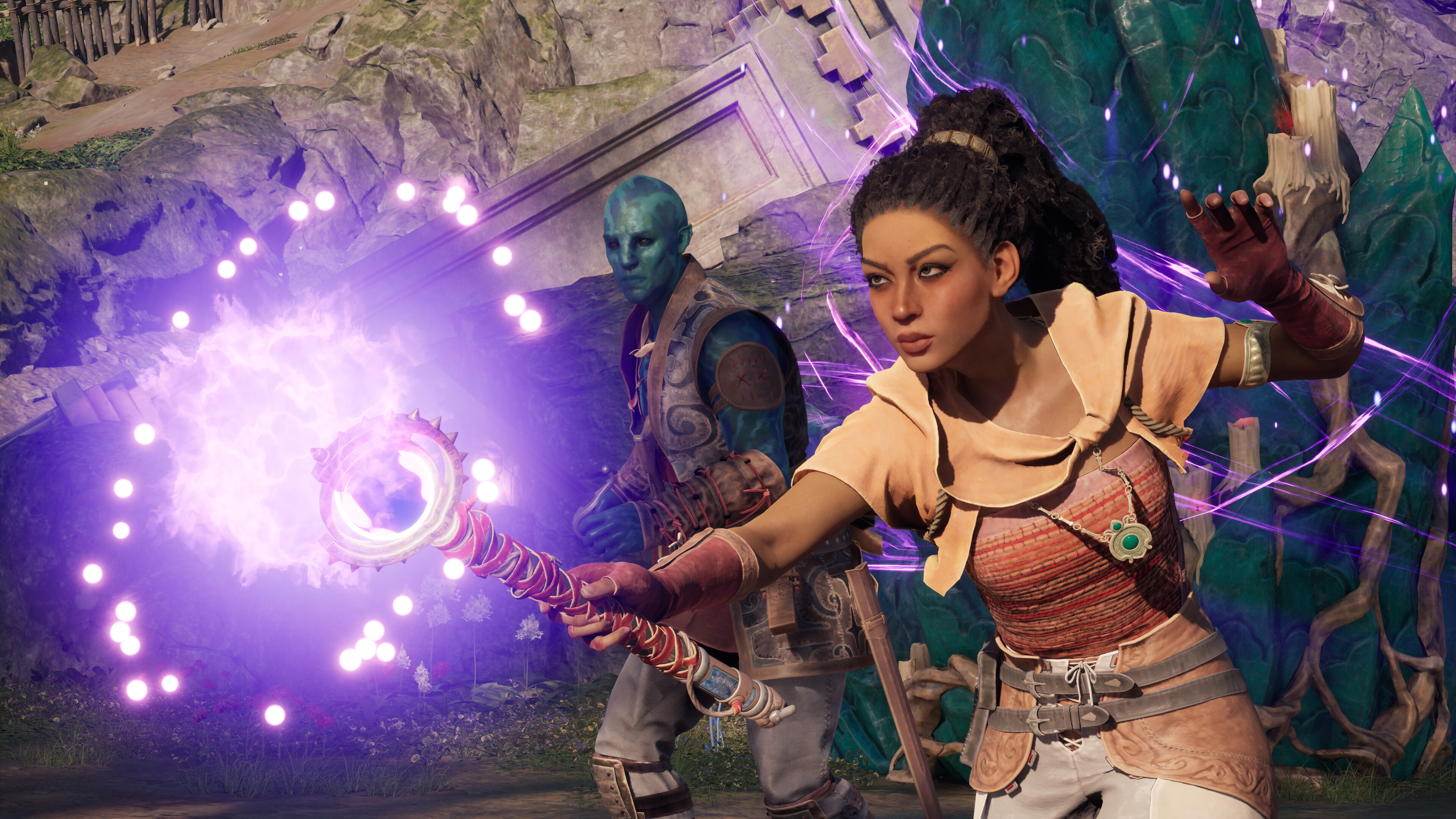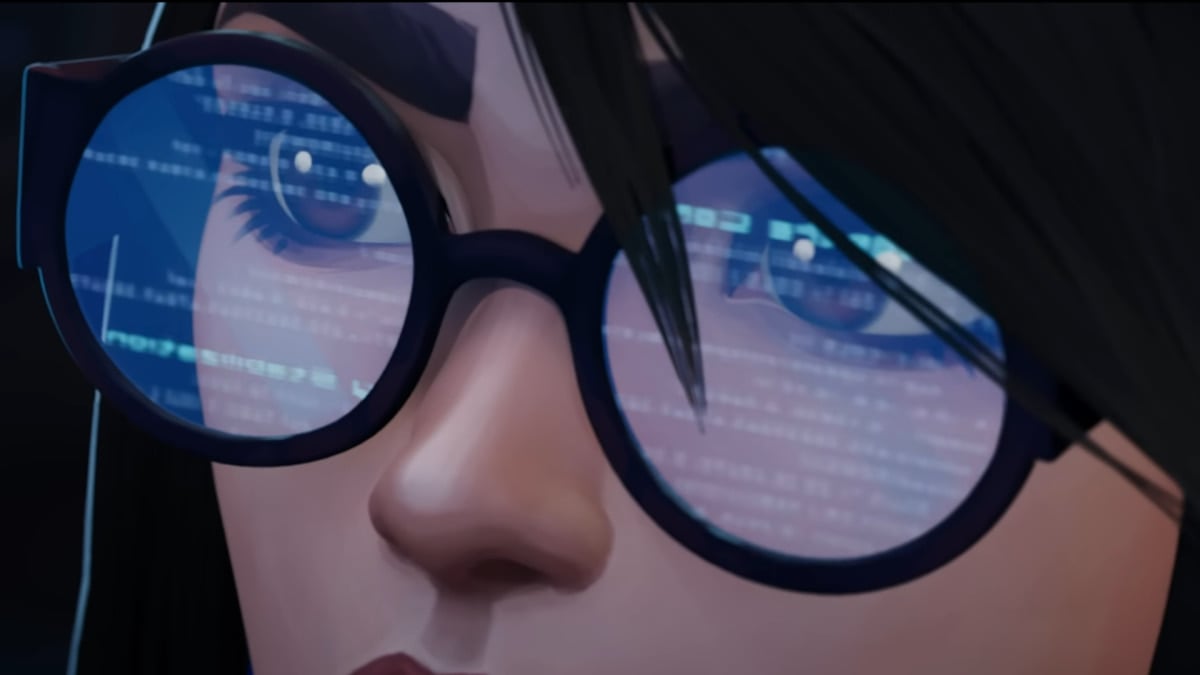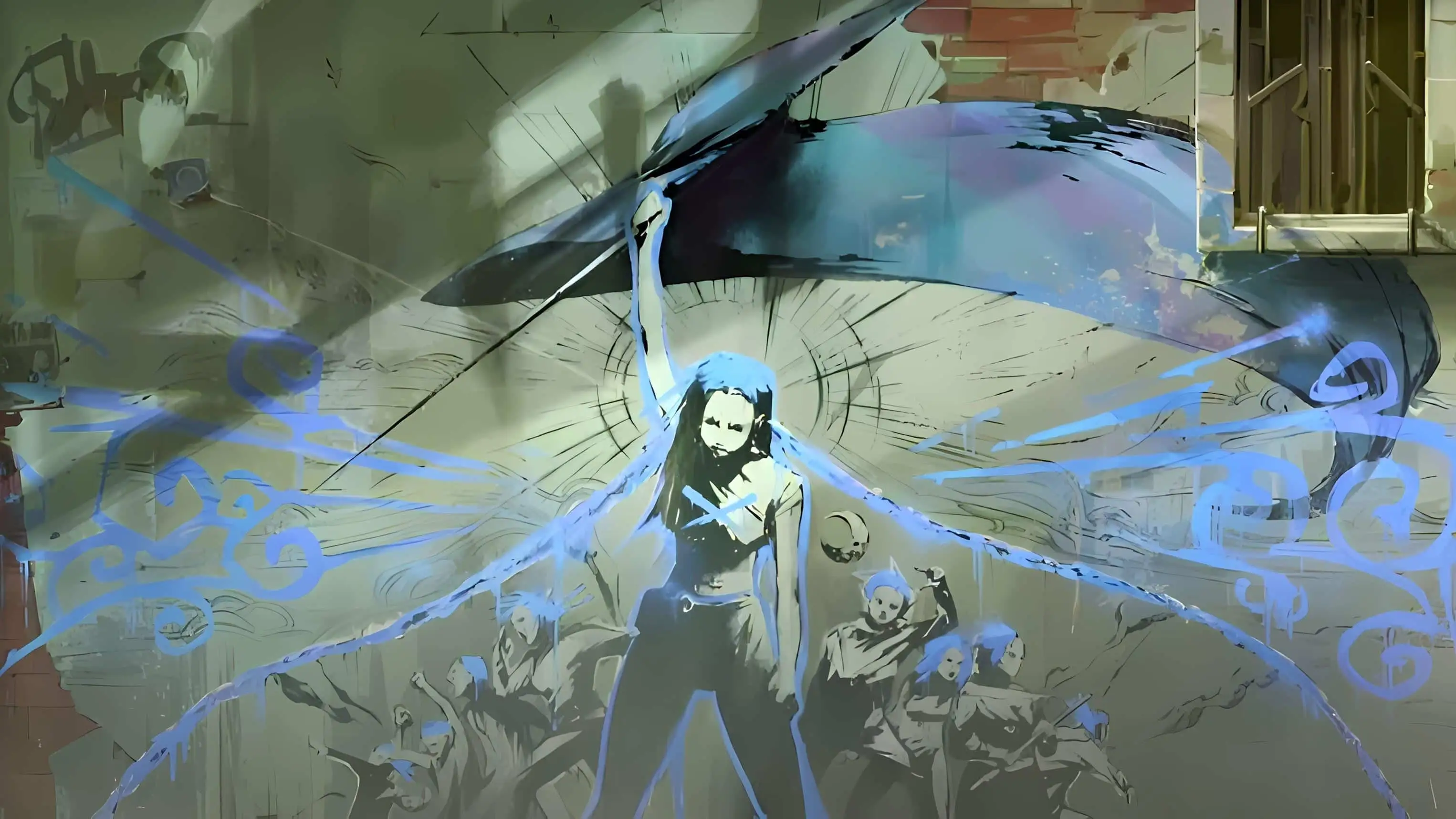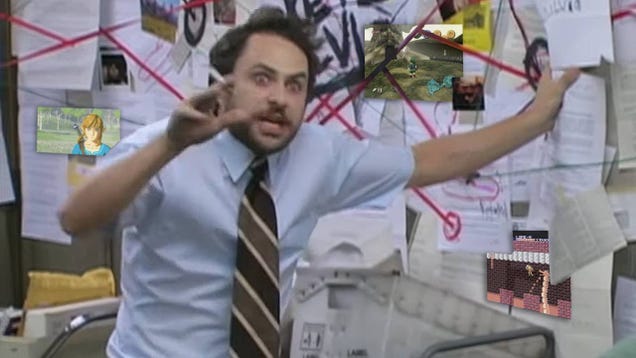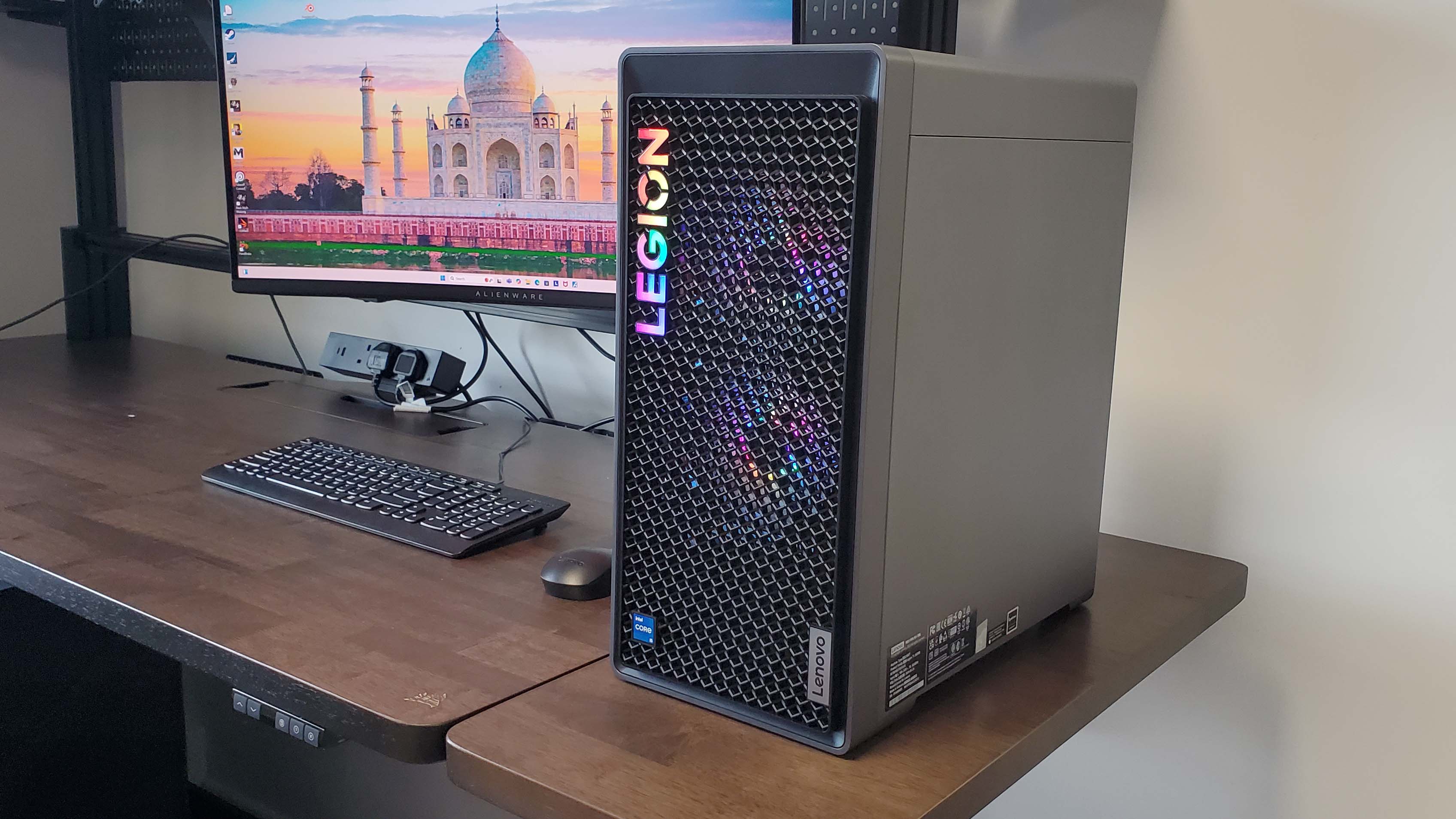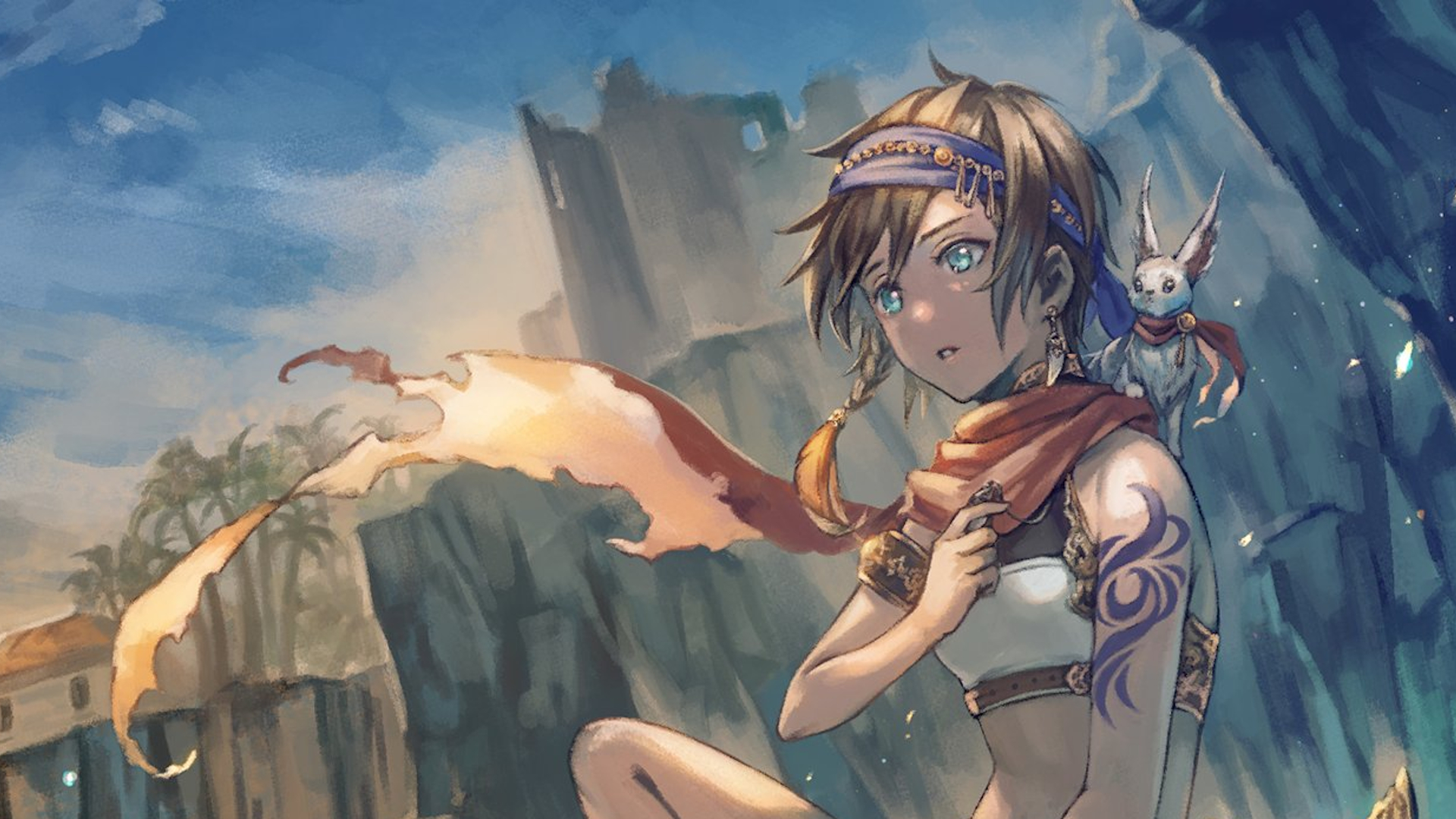
The only time throwing nail bombs at giant birds is considered strategy.
I’ve conquered a small menagerie of foes in the demo for Guild Saga: Vanished Worlds, which is still available even though Steam Next Fest has come and gone. Shipwrecked on the shores of a faraway land, I’ve had to take on pirates and man-eating terror birds, while my adventurer allies seem convinced that I’ve been hit too hard in the head because of some recurring nightmare visions about an all-consuming horror creature and a mysterious girl. All-in-all it’s a standard Tuesday for an RPG protagonist.
None of Guild Saga’s battles are all that tough, and I grasped and enjoyed the flow quickly. A good strategy RPG layers on mechanics beyond just the chessboard style of combat: With Final Fantasy Tactics the big thing was the active turn system, which required you to track and estimate when your powerful charged abilities would go off, lest enemies simply walk away from them.
Guild Saga revolves around another familiar one: Knocking down enemy defenses (armor and magic barrier) so that your abilities can damage enemy health directly. Different abilities will impact one defense or the other, and if they break through to health can add various debuffs, like stun or poison.
Character customization sidesteps classes to focus on both attribute points and a bunch of skills you can put points in—from various elemental magics to staples like warrior and rogue, or my choice in engineer—serving as the spice rack for your adventurer gumbo. Once you have the prerequisite level of a skill, you have to find skill books to learn new skills, and then the number of them you can equip for battle are based on one of your attributes. My character was a little bit warrior and a whole bunch woman of science, with points piled into engineering.
I relied on a powerful engineer skill, an armor-shredding nail bomb that caused bleeding, backed up by a wild card skill that would lock a random enemy ability behind a 10-turn mandatory cooldown. While I only got a few levels of progression in the space the demo gives you to play, it seemed like a fun system and I was excited at the prospect of higher levels and significantly more access to gear and points to fiddle with my characters.
(Image credit: Ocelot)
(Image credit: Ocelot)
(Image credit: Ocelot)
(Image credit: Ocelot)
Guild Saga also shares something with older Yasumi Matsuno strategy staples like Final Fantasy Tactics and Tactics Ogre—a dark tone to its storytelling, something I didn’t expect. Even Guild Saga’s moments of levity had an underlying note of gallows humor, like the treasure chest mimic I found floating in a lake, who I would later discover had loaded his mimic wife down with all the treasure so she would drown because he was tired of her. The main plot wasn’t exactly something I’d seen in this genre, either—it’s not a fantasy frolick or a straightforward Fire Emblem-esque war between kingdoms.
There’s a bit more mysterious mysticism here, with my character beset by dreams teasing at a horrible corruption spreading across the world and murdering whole towns. Within a few hours it’s a far cry from the intro that paints you as a glorified fantasy UPS driver.
I was less convinced by the subsystems that Guild Saga has in the demo, with secondary skills that seem to be aimed at dialogue options (do we need seduction as a skill, really?) but didn’t seem to impact anything for me in this slice of the game. While it’s good these seem to have their own separate points from the primary skills your character has, I’m not sure how useful or engaging they’ll be in the full campaign. Likewise, there are currently three crafting skills, but I wasn’t able to create anything—do we really even need a crafting system? (No).
Guild Saga doesn’t have to live up to the legacy of a luminary like Final Fantasy Tactics (especially because the latter might finally get a PC release), which is good, because it seems busy taking its own approach. Everything from the roaming movement to the detailed and stylish pixel art that faithfully represents your characters’ equipment is another ingredient in the cauldron that Guild Saga has brewing.
There’s no potion stronger than nostalgia, but Guild Saga is set up to decant some new-stalgia in a genre that I’m happy to see getting so much love.

